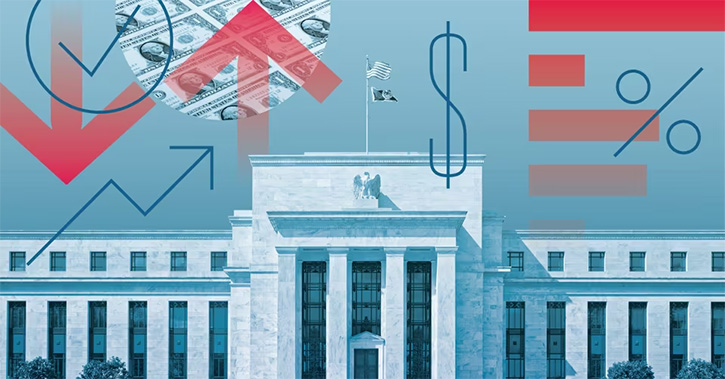Investors have long anticipated the moment when the Federal Reserve will increase interest rates – and they are still waiting. The soft tone to U.S. first-quarter economic data coupled with below-target inflation has provided the Federal Reserve with considerable latitude as to when to start raising short-term interest rates.
Still, given that the United States is creating jobs at the fastest pace since the late Nineties and the risks that ultralow rates pose to financial stability, it is increasingly difficult to justify a 0% policy rate. As such, while the pace of monetary tightening is likely to be gradual, the Fed should start to remove monetary accommodation later this year. The question then is: What will be the impact of the Fed moves, particularly for equities?
In answering that question, it is important to first note that this will be a very different tightening cycle compared to previous instances. The Federal Funds rate has been at 0% for nearly a decade. After several rounds of quantitative easing, the Fed's balance sheet stands at approximately $4.5 trillion, more than five times its pre-crisis level.
The flip side of a swollen balance sheet is substantial excess reserves in the banking sector. This scenario will require the Fed to adopt a new set of monetary tools, including interest paid on excess reserves (IOER) and reverse repurchase agreements. Given these differences, the equity market's reaction to tightening is more unpredictable than previous cycles. That said, history does suggest that the switch from ultra-loose monetary accommodation to tightening, albeit gentle tightening, is likely to have an impact.

The start of a tightening cycle typically causes some rise in volatility, but rarely a bear market. The extent of the impact is likely to be influenced by two other conditions: changes in equity valuations and the direction of inflation. The fact that U.S. equity multiples have been rising suggests that markets are at greater risk for at least a modest correction, say, 5% to 10%. One area in particular warrants caution: small caps, which investors have embraced as a way to mitigate the impact of a strong dollar on earnings.
Historically, however, small caps have been more sensitive to monetary tightening than large caps. The good news is that to the extent short-term rates are rising in conjunction with inflation – so real rates are flat – this should mitigate the impact from a Fed lift-off.
"Everyone has his day and some days last longer than others."—Winston Churchill
The period of ultralow yields has lasted a lot longer than anyone expected. Zero rates were initially envisioned as a drastic but necessary measure to stave off a depression and/or financial meltdown. However, as it became obvious that the recovery was subpar, zero nominal rates have become a semi-permanent fixture in most developed countries. In Europe, contrary to most financial theory, zero has not even proved to be the lower bound as policy rates have dipped into negative territory.
While the stuttering recovery in Europe and the multi-decade stagnation in Japan may necessitate a longer period of zero policy rates in those regions, the United States is different. Although it is true that many commentators are questioning the wisdom of raising rates given sluggish economic performance in the first quarter and still below-target inflation, to our minds that is the wrong question. An initial lift-off is not about tightening monetary conditions or squeezing out inflation, but getting back to normal.
Non-farm payrolls are growing at the fastest pace since the late Nineties. Accelerating wage growth, rising household wealth and low gasoline prices should help the economy bounce back in the second quarter. While we're not looking for a Nineties-style boom, it is increasingly difficult to reconcile the improvement in the U.S. economy and the strength in the labour market with a zero policy rate.
Not only is zero the wrong number, it is arguably a dangerous number. While the Fed's unorthodox monetary policy may have prevented an even more sluggish recovery, extraordinary monetary stimulus has come at a cost: significant distortions in most asset markets.
Six-plus years of zero interest rates have resulted in an ever-more desperate stretch for yield, inflating assets around the world. The longer the Fed maintains this policy, the greater the risk of asset bubbles.




























